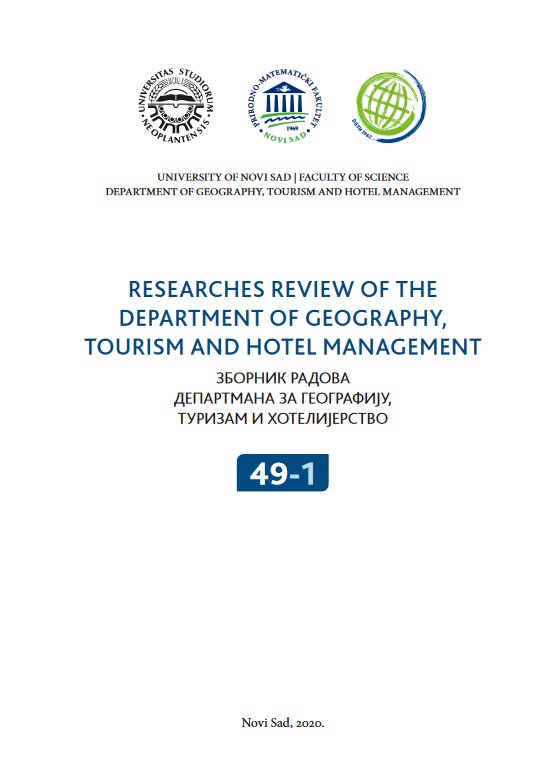ASSESSMENT OF THE CONDITIONS OF EDUCATIONAL FACILITIES IN SELECTED LOCAL GOVERNMENT AREAS IN KADUNA STATE, NIGERIA
ASSESSMENT OF THE CONDITIONS OF EDUCATIONAL FACILITIES IN SELECTED LOCAL GOVERNMENT AREAS IN KADUNA STATE, NIGERIA
Author(s): Cyril Kanayochuku Ezeamaka, Bala Dogo, Akinwumi Olumide Oluwole, Taiye Oluwafemi Adewuyi, Joel Ajibuah, Mwanret Gideon Daful, Sadiq QueenSubject(s): Education, Geography, Regional studies, Human Geography
Published by: Prirodno-matematički fakultet, Univerzitet u Novom Sadu
Keywords: assessment; condition; educational facilities;public schools;
Summary/Abstract: This paper was aimed at examining the conditions of educational facilities in public schools in selected Local Government Areas in Kaduna State, Nigeria. Physical inventories were carried out using the Educational Facilities Assessment Form (EFAF). Multistage sampling technique was used to select 9 Local Government Areas (LGAs). Data were analyzed using Geographically Weighted Regression (GWR) 4.10 and Spearman Rank Correlation. The findings revealed that 88% of the schools do not have water supply while 22% have no roof, and 11.4% have power supply. It discovered that 32.9% of the schools were mud buildings while 4.2 % has no structure and less than 24 % has toilet facilities. Kaduna South LGA has the highest score (2.1) in the conditions of water facilities while Kajuru and Birnin Gwari LGAs have the lowest. Lere LGA has the least condition (1.1) of toilet facilities while Kaduna South LGA has the best (1.9). For conditions of building facilities, Zaria LGA was first followed by Kaduna South and Jemaá LGA. There was no significant relationship between public school and population of the LGAs, given that the calculated t-value (-0.222) was less than the critical t-value of (0.267). The GWR revealed a significant association between age of schools and the conditions of educational facilities at 0.05 significance level. The paper concluded that the conditions of educational facilities are not in disarray and properly maintained due to poor funding thus, requires urgent action. It therefore, recommends the implication of the UNESCO’s benchmark of demands 26% annual budget and 6% of the gross domestic product be invested in education.
Journal: Zbornik radova Departmana za geografiju, turizam i hotelijerstvo
- Issue Year: 49/2020
- Issue No: 1
- Page Range: 81-98
- Page Count: 18
- Language: English

